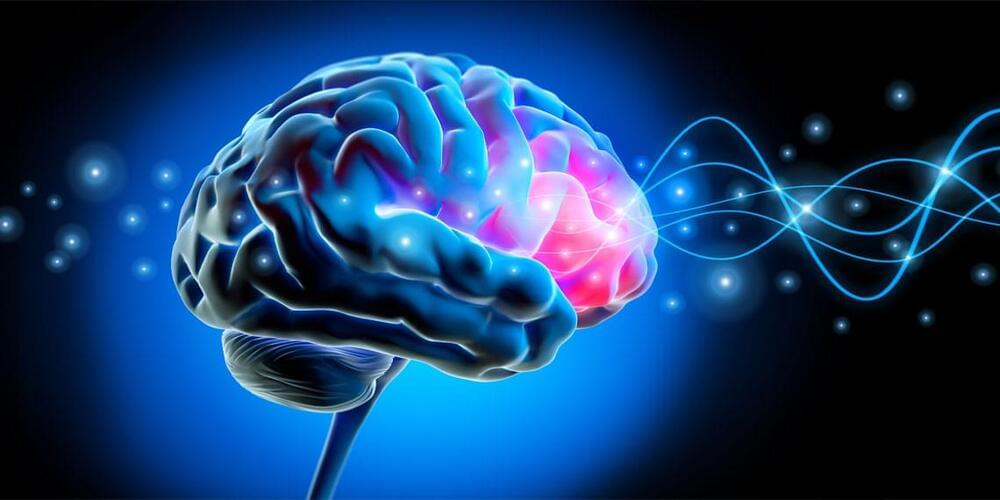Neuroscientists have successfully increased the motivation to exert mental effort by using a weak alternating electrical current sent through electrodes attached to the scalp to synchronize brain waves. The findings, published in Cognitive, Affective, & Behavioral Neuroscience, help to identify the neural mechanisms underlying the willingness to engage in mental effort, suggesting that midfrontal theta oscillations play a key role.
“For a long time research has mainly focussed on which brain mechanisms underlie mental processes, but in the recent years it has become clear that engaging in mental activities needs to be understood as an active decision process where humans are willing to perform demanding mental tasks only if they are ‘worth it.’ The goal of our research was to get a better understanding of the brain mechanisms causally determining our motivation to engage in demanding mental activities,” explained study author Alexander Soutschek, a research group leader at the psychology department of the University of Munich.
For their study, the researchers utilized transcranial alternating current stimulation (tACS), a non-invasive neurostimulation technique that applies low-amplitude electrical current to the scalp through electrodes. The current modulates the neural activity in the brain regions under the electrodes, potentially enhancing or suppressing specific cognitive processes.
